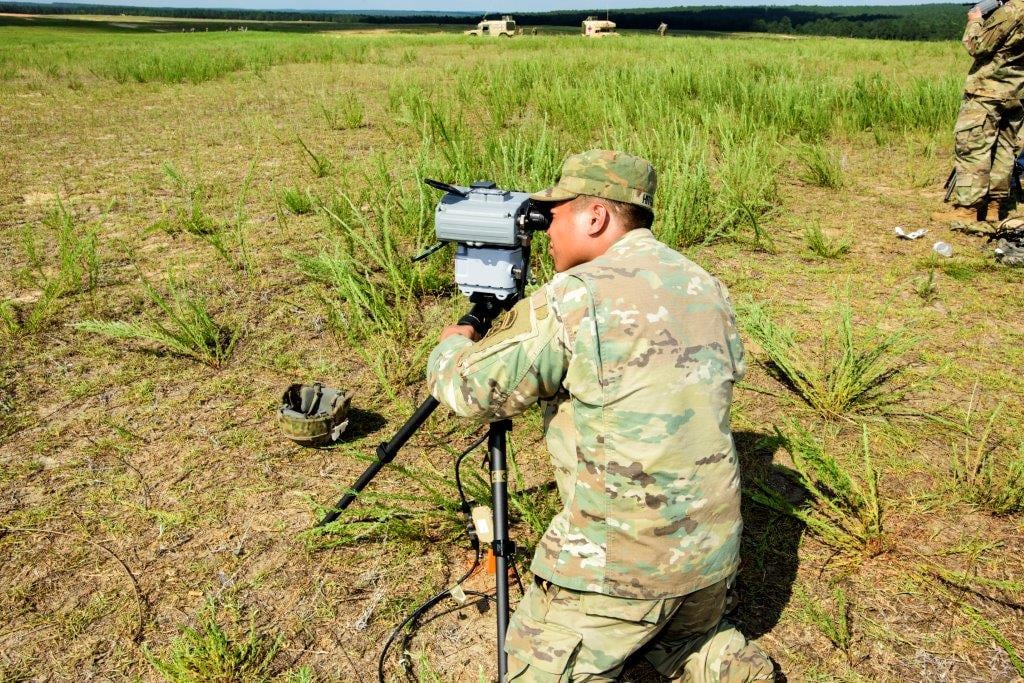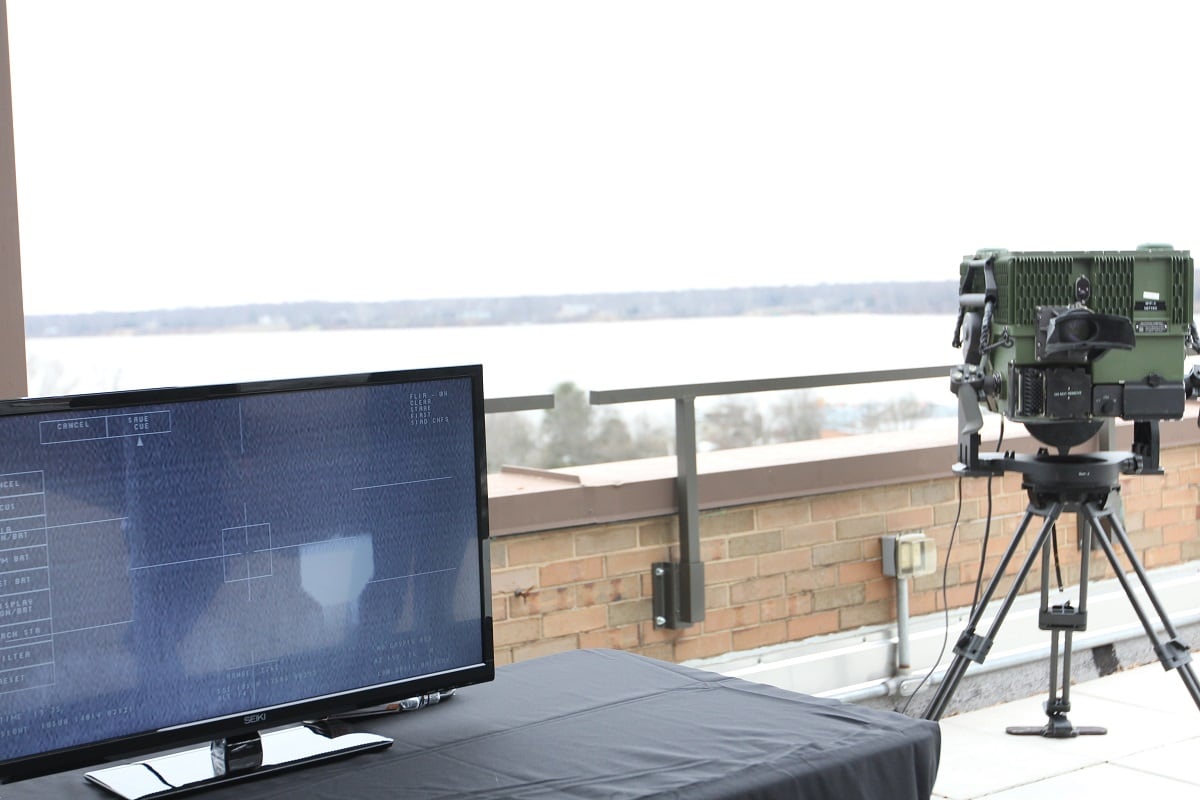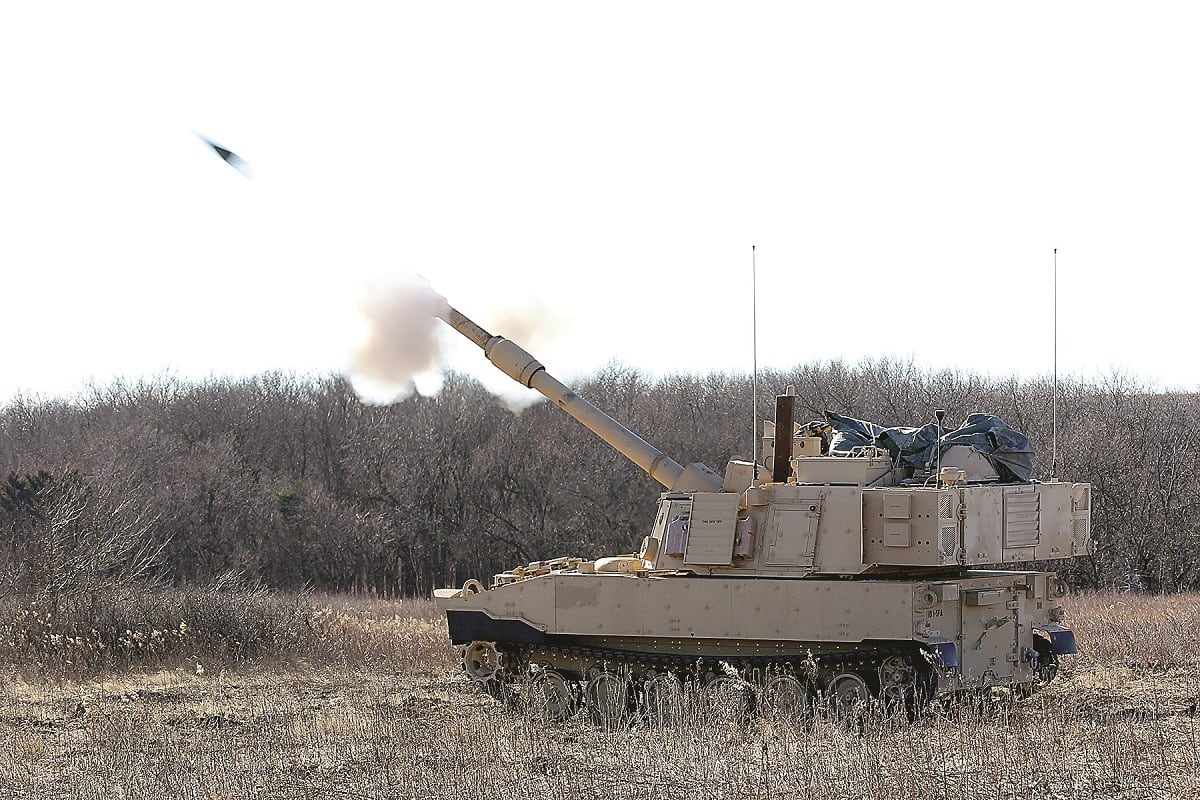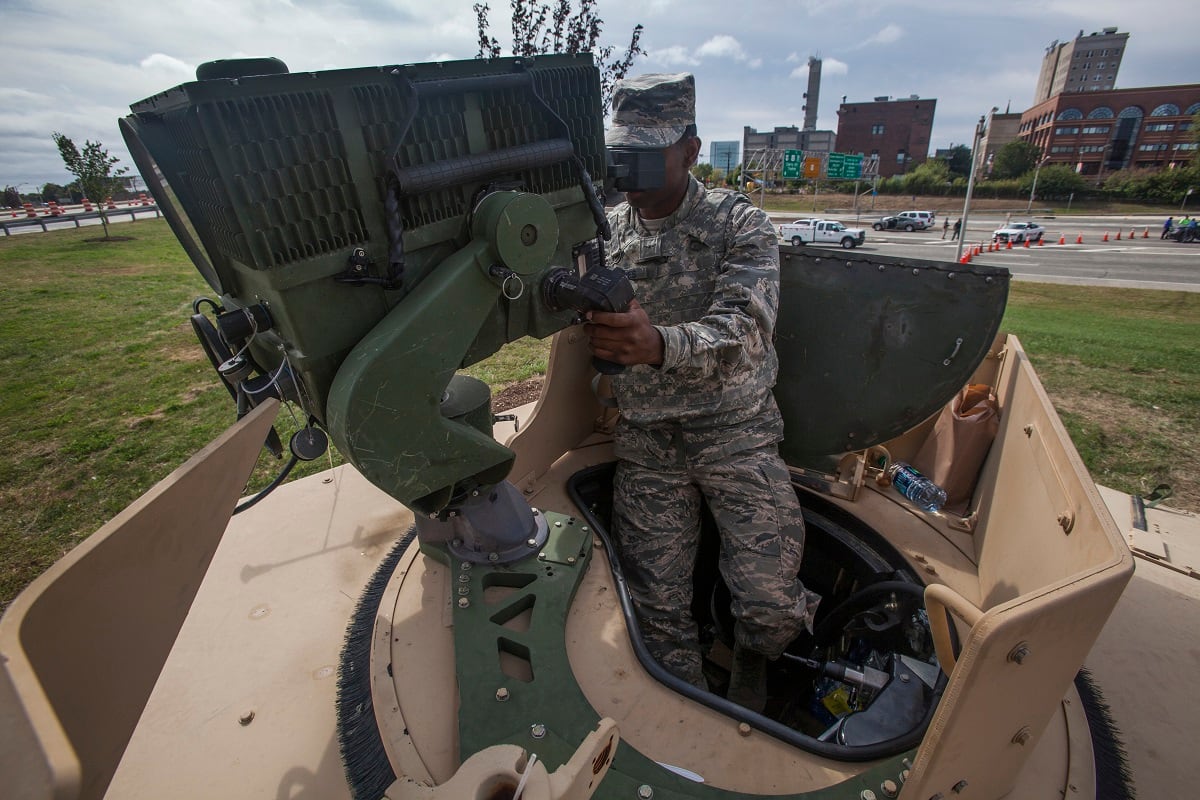A surveillance system that came into the Defense Department’s inventory at the outbreak of the Iraq war is set to see major upgrades that will help scouts better identify targets and conceal themselves when finding what to shoot.
The LRAS3, or Long-Range Advanced Scout Surveillance System, allows scouts to detect a target, zoom in and then use a laser range finder to determine distance and a digit grid coordinate to then call for fire.
Researchers at the Army’s Terrestrial Sensors program under Program Executive Office Intelligence Electronic Warfare and Sensors at Fort Belvoir, Virginia, are bringing third-generation FLIR, or Forward-Looking Infrared Radar, to the key surveillance and target acquisition system.
“If I can see you out to 20 kilometers, I can put a laser spot on you, and I will get the 10-digit grid coordinates of where you are standing,” said Robert Youngblood, a retired Army chief warrant officer 4 and Logistics and Training Support Manager for the LRAS3 sensor system.
RELATED


The system has been improved over the past 15 years. But when soldiers must be certain that the target is carrying a weapon or must identify key features before they fire, then more detail is needed.
The way the system gets more detail is through advancements in the wavelengths that it can use. FLIR has existed in ever-more accurate forms since the 1950s. Researchers at PEO IEW&S tout vast improvements in range and accuracy and high definition quality viewing with the system.
RELATED

“Warfighters will be able to tell if the person lurking behind the truck down the road is holding a rocket-propelled grenade or a shovel,” according to the Raytheon website, the company that builds the LRAS3.
In addition, Youngblood said technology known as an “Inertia Measuring Device” will finally allow scouts to fire from under cover or at least from a shielded position on their vehicles with the LRAS3 system.
Currently, the system must be used in the open, meaning soldiers are exposed when sighting in the target.
The advancements are still being tested, but they’re expected to be fielded to Army units by fiscal 2025, Youngblood said.
Raytheon has put together the features needed to make the upgrades in their eLRAS3 model for demonstration purposes, which is expected to be reviewed for funding next year, said a company spokeswoman.
Todd South has written about crime, courts, government and the military for multiple publications since 2004 and was named a 2014 Pulitzer finalist for a co-written project on witness intimidation. Todd is a Marine veteran of the Iraq War.




